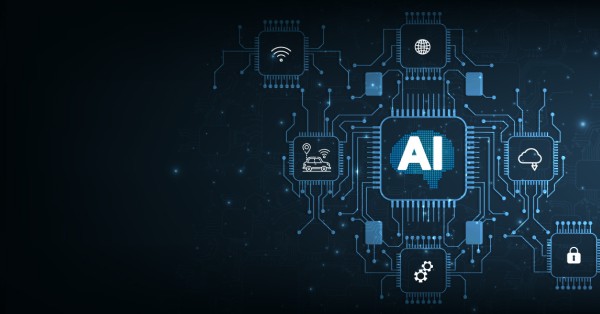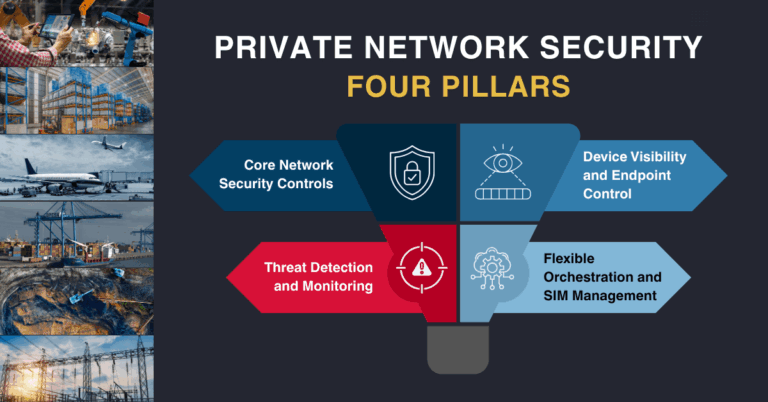- Tech News & Insight
- September 18, 2025
- Hema Kadia
Gartner’s latest outlook points to global AI spend hitting roughly $1.5 trillion in 2025 and exceeding $2 trillion in 2026, signaling a multi-year investment cycle that will reshape infrastructure, devices, and networks. This is not a short-lived hype curve; it is a capital plan. Hyperscalers are pouring money into data centers built around AI-optimized servers and accelerators, while device makers push on-device AI into smartphones and PCs at scale. For telecom and enterprise IT leaders, the message is clear: capacity, latency, and data gravity will dictate where value lands. Spending is broad-based. AI services and software are growing fast, but the heavy lift is in hardware and cloud infrastructure.
- 5G, AI, Automation, Monetization, Orchestration, RAN, Security, Semiconductor
- 3GPP, AMD, Apple, AWS, Azure, Cisco, Data Center, Data Privacy, Devices, Ericsson, GenAI, Google, GPU, GSMA, Intel, Investment, MediaTek, Microsoft, Nokia, Nvidia, Oracle, Partnerships, Policy, Qualcomm, Samsung, Spectrum
- Telecom





















